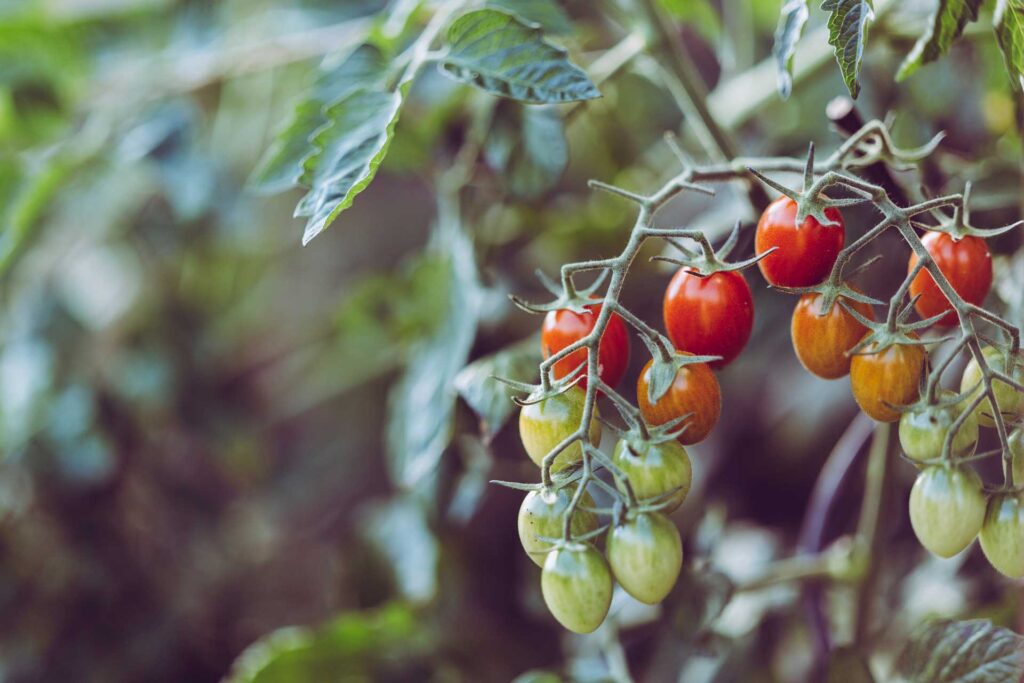Now that summer is here and it’s finally stopped snowing (at least for a few months), many Black Hills families are itching to get their hands dirty by planting a garden. This is a great activity you can enjoy with your kids; it’s both educational and fun. Best of all, kids might be more inclined to eat their veggies if they had a hand in helping grow them!
Getting Your Kids Involved
Whether you’ve raised beds in the backyard or a smaller community plot, be sure to include your kids in the whole process, from planning and caring to harvesting.
Choose a site.
Most vegetable plants are pretty forgiving and can be grown just about anywhere there is room. Pick a spot with ample sunshine; a south-facing location works best. If you’re limited to a porch or balcony, try a container garden—this allows young ones to explore from all sides (and saves you the hassle of cleaning dirty footprints that have been tracked inside). If you have room in your yard for a dedicated garden, you can opt for a raised bed…or simply find a patch of dirt with adequate space for the plants you intend to grow. Soil type is important; you may need to amend your plot with organic matter and mulch, such as garden soil or peat moss. Keep in mind your garden will need frequent watering, so make sure you’re in close proximity to a hose…or be prepared to haul around a watering can.
Decide what to plant.
Involve the whole family in choosing which veggies to plant, and aim for a variety that will appeal to the different senses. Tasty favorites include tomatoes, carrots, peas, and strawberries. Eggplant, pumpkin, and zucchini offer interesting shapes, while herbs such as mint, dill, and lavender provide distinct scents. In general, choose fast-growing varieties that are hardy and won’t succumb to drought or over watering. Certain plants thrive in groups (see below), so you’ll want to make sure your veggies will coexist peacefully.
Invest in gardening tools.
Unless you want to dig around in the dirt (we bet your kids do!), you’ll need a set of basic gardening tools to assist in the process. Look for child-sized shovels, hoes, trowels, spades, and rakes. Don’t forget a sturdy pair of gardening gloves and a kneeling pad to protect your clothing and save wear and tear on your knees!
Get planting.
The climate in western South Dakota prevents gardeners from getting too early a start. Consult the USDA’s Plant Hardiness Zone Map for detailed information on your specific location. You’ll want to make sure you plant after the last frost; in Rapid City, that date is May 12, so plan accordingly. Many families start seeds indoors, so by the time the garden is ready, they have decent-sized starts to plant in the ground. Consult the package in order to figure out when to plant your seeds.
Assign chores.
A vegetable garden takes work but also teaches children responsibility. Include the whole family in the maintenance of the garden by assigning age-appropriate chores. These will include watering, pulling weeds, adding fertilizer or compost, and—when the time is right—harvesting.


Companion Planting
Vegetable gardens are fun, but for a foolproof way to maximize efficiency and increase your odds of a better yield, it’s important to master the art of companion planting: grouping vegetable plants together in order to take advantage of their complementary benefits and avoiding those that might not get along so well. Good companion plants will share similar nutrient requirements and growth habits and can help protect one another from damage related to pests.
The following guide will help you strategize your vegetable garden and covers the most popular vegetables grown in South Dakota.
Tomatoes
- Grows well with: Asparagus, basil, beans, carrots, celery, dill, lettuce, marigolds, mint, onions, parsley, peppers, radishes, spinach, thyme.
- Keep away from: Beets, broccoli, Brussels sprouts, cabbage, cauliflower, corn, dill, kale, peas, potatoes, rosemary.
Peppers
- Grows well with: Basil, coriander, onions, spinach, tomatoes.
- Keep away from: Beans, kohlrabi.
Green Beans
- Grows well with: Broccoli, Brussels sprouts, cabbage, corn, cucumbers, marigolds, peas, potatoes, radishes, rosemary.
- Keep away from: Beets, onions.
Cucumbers
- Grows well with: Beans, cabbage, cauliflower, celery, corn, dill, lettuce, peas, radishes, sunflowers.
- Keep away from: Aromatic herbs, melons, potatoes.
Onions
- Grows well with: Beets, broccoli, cabbage, carrots, lettuce, marjoram, parsnips, peppers, potatoes, spinach, tomatoes, rosemary.
- Keep away from: Asparagus, beans, peas, sage.
Lettuce
- Grows well with: Asparagus, beans, beets, broccoli, Brussels sprouts, cabbage, carrots, corn, cucumbers, eggplant, marigolds, mint, onions, peas, potatoes, radishes, spinach, strawberries, sunflowers, tomatoes.
- Keep away from: Broccoli, parsley.
Squash/Zucchini
- Grows well with: Beans, corn, dill, marigolds, peas, radishes.
- Keep away from: Potatoes.
Carrots
- Grows well with: Beans, chives, leeks, lettuce, onions, peas, radishes, rosemary, sage, tomatoes.
- Keep away from: Anise, coriander, dill, parsley, parsnips.
Radishes
- Grows well with: Basil, beets, cabbage, carrots, coriander, cucumbers, kale, lettuce, onions, rosemary, spinach, squash.
- Keep away from: Kohlrabi.
Corn
- Grows well with: Beans, cucumbers, lettuce, melons, peas, potatoes, pumpkins, melons, squash, sunflowers.
- Keep away from: Tomatoes.
If you have specific planting questions, check with your local greenhouse or gardening center. Want to learn more about gardening? South Dakota State University offers a number of Master Gardener training programs, as well as classes on vegetable gardening and growing your own food. Check their schedule for current listings.
Written by Mark Petruska



